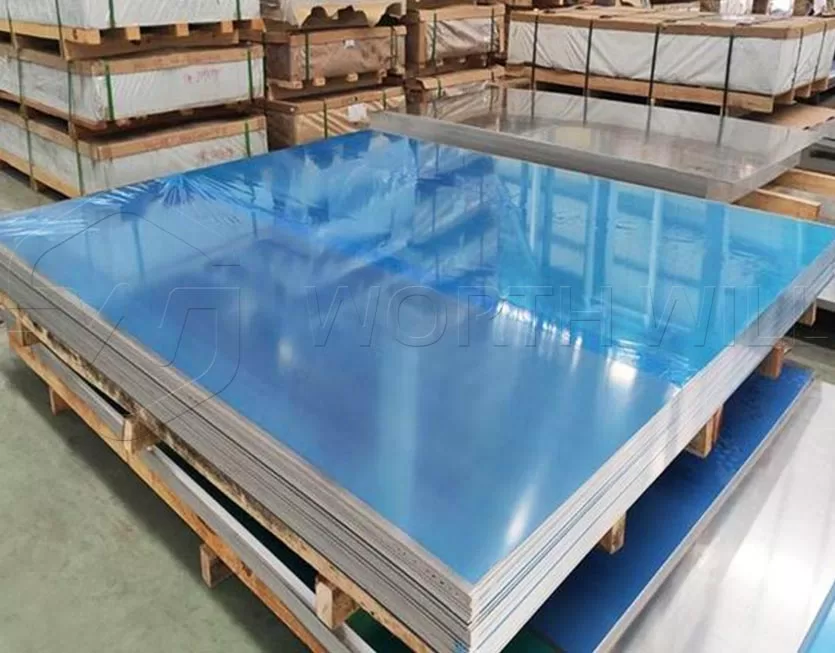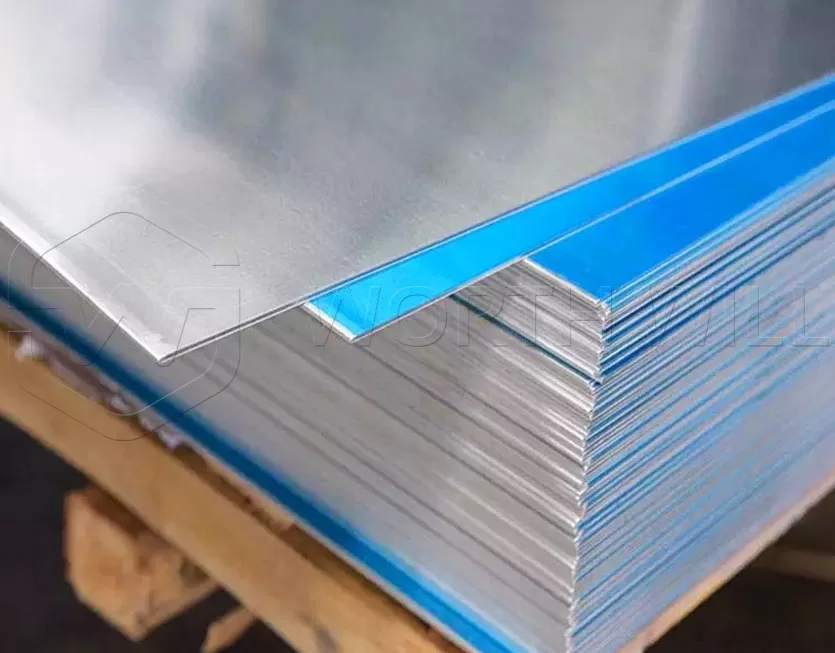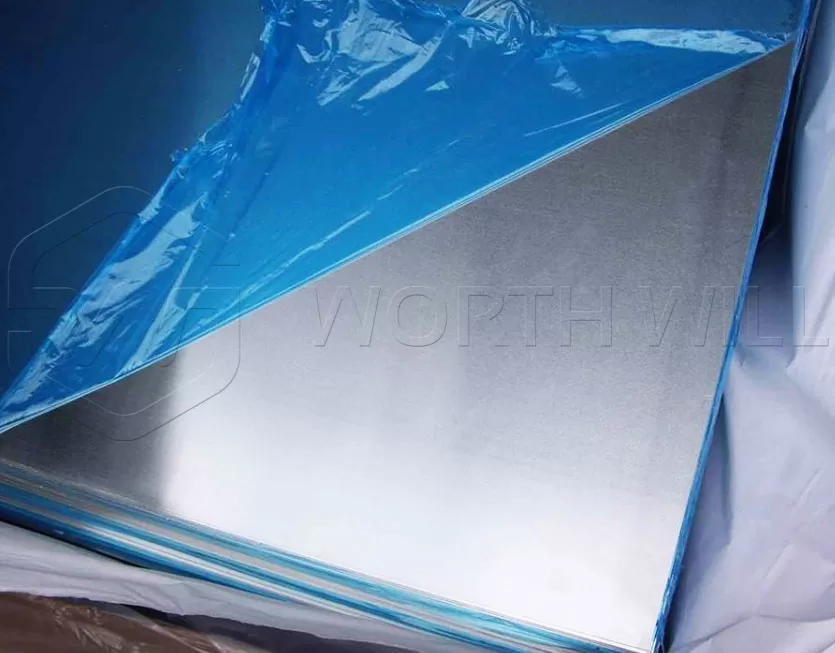Aluminum sheets are integral components in various industries due to their lightweight nature, corrosion resistance, and versatility. Among the numerous aluminum alloys available. 1050 and 1100 are two widely used grades known for their excellent formability, conductivity, and affordability.

1050 Aluminum Sheet:

1100 Aluminum Sheet:

- Composition: Like 1050, 1100 aluminum alloy consists mainly of aluminum, with minor additions of other elements such as copper, iron, and silicon. It is also classified as a commercially pure aluminum alloy, with a minimum aluminum content of 99.0%.
- Properties:
- Excellent Weldability: 1100 aluminum exhibits superb weldability, allowing for easy joining with other materials through various welding techniques such as TIG welding and MIG welding.
- Good Formability: While slightly less formable than 1050 aluminum, 1100 still offers good formability, making it suitable for applications requiring moderate shaping.
- Corrosion Resistance: It provides adequate resistance to corrosion in most environments.
- 1050 Aluminum Sheet
- Chemical Storage: Due to its corrosion resistance and weldability. 1100 aluminum is used in the construction of chemical storage tanks, piping, and containers.
- Heat Exchangers: Its thermal conductivity and formability make it suitable for manufacturing heat exchanger fins and tubes in HVAC systems and refrigeration units.
- Roofing and Cladding: 1100 aluminum sheets have applications in roofing and cladding applications where corrosion resistance, formability, and lightweight properties are essential.
Composition:
With small amounts of other elements such as iron and silicon. It is classified as a commercially pure aluminum alloy, with a minimum aluminum content of 99.5%.Properties:
Applications:
- Cookware: Due to its excellent formability and conductivity, in the manufacturing of cookware such as pots, pans, and utensils.
- Reflectors: Its high reflectivity makes it suitable for applications requiring reflective surfaces, including lighting fixtures and decorative mirrors.
- Chemical Equipment: 1050 aluminum finds use in chemical processing equipment where its corrosion resistance and formability are advantageous.
- Excellent Formability: 1050 aluminum exhibits high formability, making it easy to work with using various fabrication methods such as bending, stamping, and deep drawing.
- Electrical Conductivity: It boasts good electrical conductivity, making it suitable for electrical and electronic applications such as conductive components and capacitor foils.
- Corrosion Resistance: While not as corrosion-resistant as some other aluminum alloys, 1050 aluminum offers adequate resistance to atmospheric corrosion.
Comparison:
- Both 1050 and 1100 aluminum sheets are commercially pure alloys with high aluminum content, offering excellent formability and conductivity.
- 1050 aluminum is for applications requiring superior electrical conductivity and high reflectivity, such as cookware and reflectors.
- 1100 aluminum is chosen for its excellent weldability. It is suitable for applications involving joining and fabrication, such as chemical storage tanks and heat exchanger components.
1050 and 1100 aluminum sheets are versatile materials with unique properties and applications. While they share similarities in terms of purity and formability, their differences in electrical conductivity, weldability, and corrosion resistance make each alloy suitable for specific use cases. Understanding these differences is crucial for selecting the appropriate aluminum sheet for various industrial, commercial, and residential applications.